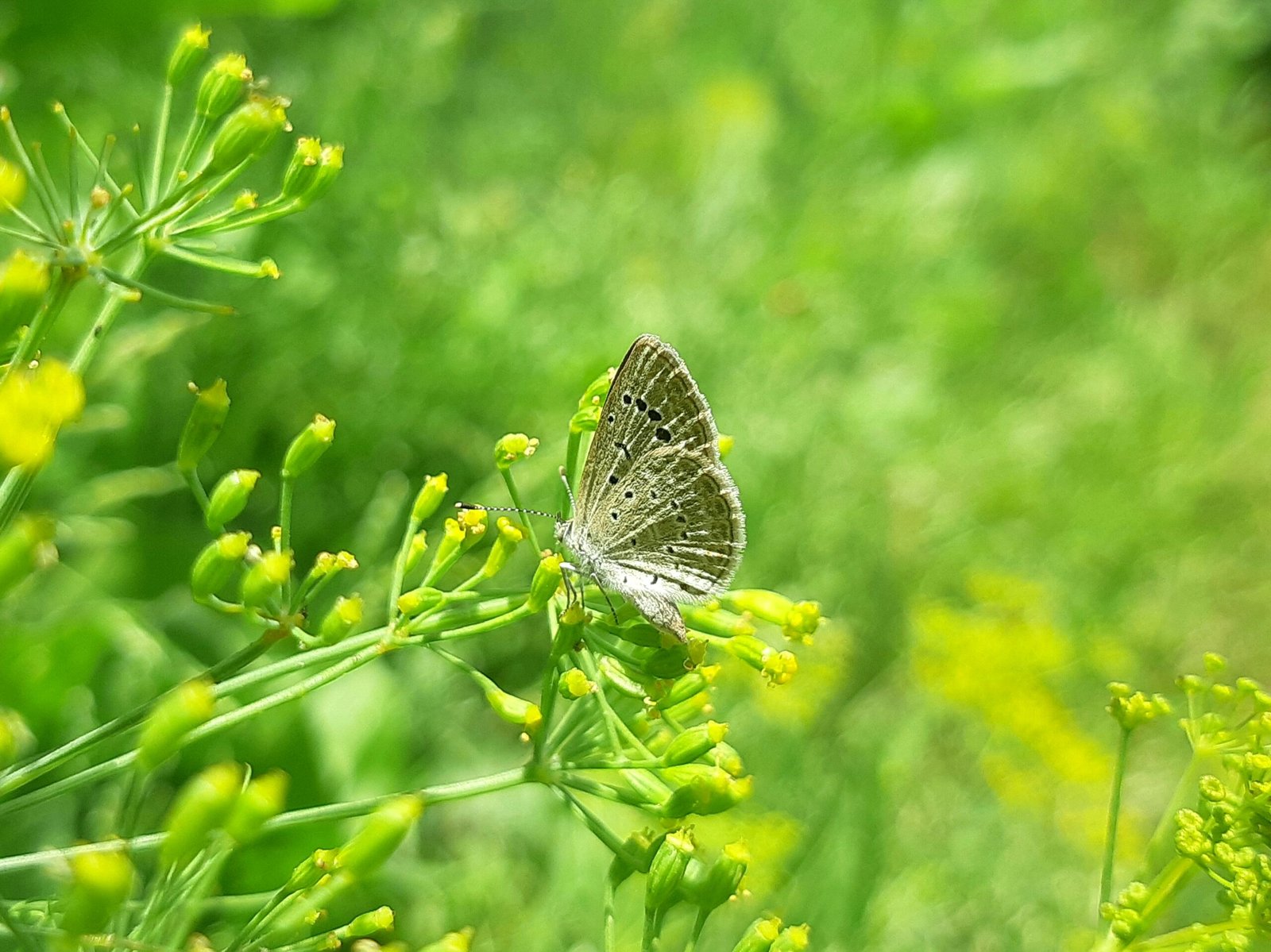Introduction: Understanding Plant Behavior
The realm of plant behavior is an intriguing field that challenges our traditional perceptions of flora as passive and inactive entities. Although stationary, plants exhibit a fascinating array of responses to their environmental stimuli, showcasing a complex and dynamic form of behavior. Scientists have long been interested in how plants navigate their ecosystems, contending with factors such as light, water, pests, and other environmental pressures. This curiosity has sparked research into whether plants can exhibit social behaviors akin to those observed in the animal kingdom.
Unlike animals, which often demonstrate social behavior through movement and interaction, plants rely on more subtle mechanisms. For instance, plants may alter their growth patterns or change the chemical composition of their leaves and roots in response to neighboring plants. These behaviors suggest a level of interaction and communication that merits deeper investigation. The concept of plant behavior extends beyond mere survival tactics; it encompasses growth patterns, reproductive strategies, and even cooperative and competitive dynamics within plant communities.
In recent years, the notion that plants engage in social behavior has gained traction. Research has revealed that certain plants can recognize kin, respond to signals from damaged neighbors, and even exhibit forms of memory and learning. These findings suggest that plants possess a set of sophisticated behaviors that challenge the simplistic view of them as inert organisms. Consequently, understanding plant behavior not only enriches our knowledge of ecology and biology but also opens up new avenues for exploring the complex web of interactions within ecosystems.
“`
Communication Among Plants
While plants may appear static and solitary, scientific research has unveiled sophisticated mechanisms by which they communicate with one another. One significant form of inter-plant communication is known as allelopathy. Through this process, plants release biochemicals, known as allelochemicals, into their surroundings. These chemicals can profoundly affect the growth, development, and survival of neighboring plants. For example, the Black Walnut tree (Juglans nigra) exudes a substance called juglone from its roots and leaves, which can inhibit the growth of certain plant species in its vicinity. Researchers have observed similar allelopathic interactions among various plant species, influencing plant diversity and ecosystem dynamics.
Another critical communication network among plants is facilitated through mycorrhizal associations, often referred to as the ‘Wood Wide Web.’ Mycorrhizae are symbiotic relationships between plant roots and certain types of fungi. These fungi form intricate networks of mycelium that connect multiple plants, enabling an exchange of nutrients such as phosphorus and nitrogen. Through these mycorrhizal networks, plants can also transmit chemical signals related to stress factors like drought, pest attacks, or nutrient deficiencies. Such signaling helps prepare neighboring plants to bolster their own defensive responses. Remarkably, these interactions underscore a level of mutual cooperation and shared benefit that parallels social systems observed in animal communities.
Numerous studies have brought light to these complex communication mechanisms. For instance, research by Dr. Suzanne Simard has demonstrated how paper birch and Douglas-fir trees in British Columbia use mycorrhizal networks to share carbon and warn each other of environmental threats. Another study published in the journal Science showed that plants subjected to herbivore attacks can increase the release of allelochemicals, which not only protect the plant under attack but also trigger defense mechanisms in neighboring plants. These findings indicate that plant communication is a vital adaptation strategy, enhancing their resilience and survival.
Through allelopathy and mycorrhizal networks, plants indeed exhibit a form of social interaction, underscoring the complexity and interconnectedness of natural ecosystems. These discoveries continue to challenge our understanding of plant behavior, revealing an unseen social life hidden within the realms of flora.
Examples of Plant Social Interactions
Plants, much like animals, engage in various forms of social interactions that significantly influence their growth and survival. Root grafting among trees is an exemplary case of cooperative behavior in the plant kingdom. This phenomenon, observed in species such as pines and oaks, involves the fusion of root systems between individual trees. By sharing water, nutrients, and even biochemical signals through these grafted roots, trees can enhance their collective resilience against environmental stressors. This connectivity allows for greater stability and survival in harsh conditions, showcasing a remarkable example of plant cooperation.
Conversely, plants also exhibit competitive behaviors designed to outcompete rivals for limited resources. A classic example is allelopathy, where plants release chemicals known as allelochemicals into the environment, which inhibit the growth of surrounding plants. Black walnut (Juglans nigra) is a well-documented case, producing a compound called juglone that can be toxic to many other plant species, effectively reducing competition in its vicinity.
Shading is another competitive strategy employed by plants. Taller plants can overshadow shorter ones, thereby limiting their access to sunlight, which is crucial for photosynthesis. This vertical competition is particularly prominent in dense forest ecosystems, where light is a limited resource. For instance, the towering redwood trees of California’s coastal forests create a canopy that makes it challenging for understory plants to thrive.
In the diverse realm of plant social interactions, some species display a combination of cooperative and competitive behaviors. Mycorrhizal networks, formed through symbiotic associations between plant roots and fungi, often exhibit this duality. While these networks can facilitate resource sharing among plants, aiding in mutual growth, they can also be exploited by some plants to siphon off resources without reciprocating, thereby tipping the balance towards competition.
The study of plant social interactions extends across various ecosystems and plant species, revealing a complex web of strategies that plants employ to navigate their environment. Understanding these interactions not only sheds light on plant behavior but also provides valuable insights into ecosystem dynamics and biodiversity conservation.
Implications and Future Research
Understanding the social behavior of plants not only reshapes our perception of the natural world but also holds significant implications for various practical domains, including agriculture, conservation, and ecosystem management. By delving into the intricacies of plant communication and interaction, we gain invaluable insights that could revolutionize sustainable practices.
In agriculture, harnessing the principles of plant social behavior could lead to more efficient and eco-friendly farming techniques. For instance, recognizing how certain plants form symbiotic relationships could guide crop placement to enhance mutual benefits, thereby reducing the need for chemical fertilizers and pesticides. Furthermore, understanding root signaling and nutrient exchange can inform soil management practices to improve crop yields and resilience.
The implications for conservation are equally profound. As ecosystems face unprecedented threats due to climate change and habitat destruction, uncovering the social networks of plants can aid in designing more effective conservation strategies. By recognizing the role of keystone species and their interactions within an ecosystem, conservationists can prioritize efforts to maintain and restore these critical relationships, thus preserving biodiversity and ecosystem stability.
Future research must also focus on the potential impacts of human activity on plant social networks. Urbanization, pollution, and deforestation could disrupt these delicate interactions, with far-reaching consequences for ecosystem health and functionality. Investigating how plants adapt to or suffer from these disruptions will be crucial in developing mitigation strategies to safeguard our natural environments.
Moreover, there is a need to explore innovative ways to leverage plant communication for sustainable practices. For example, bioinspired technology could mimic plant signaling to create self-regulating agricultural systems, reducing human intervention and resource consumption.
In advancing our understanding of plant social behavior, we underscore the importance of continued exploration into this fascinating field. Further research will not only deepen our knowledge of plant life but also open new avenues for addressing some of the most pressing environmental challenges we face today.




